Walking on the Margin
Document created 24 October 2017, last updated 06 November 2017
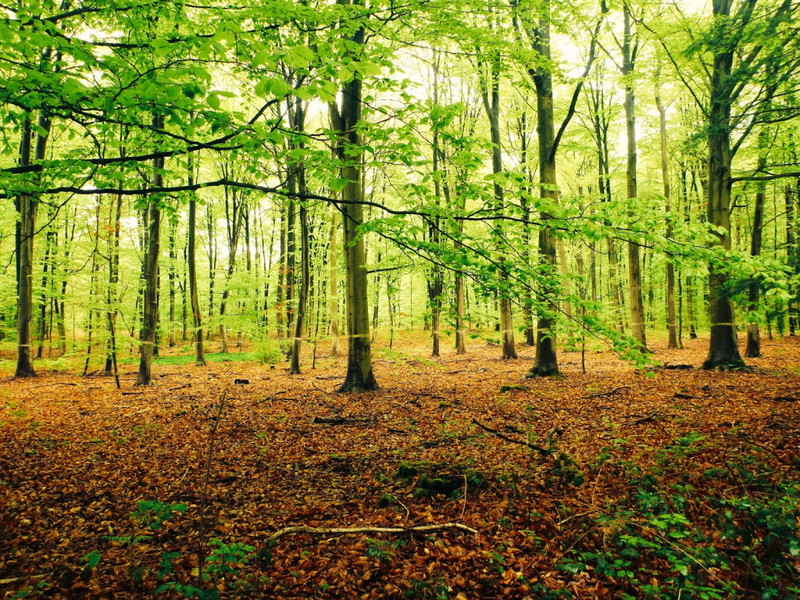
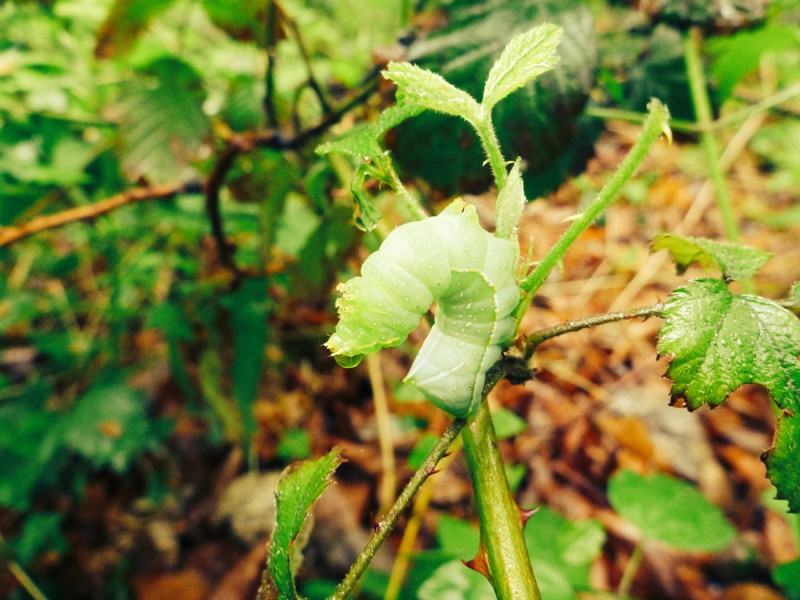
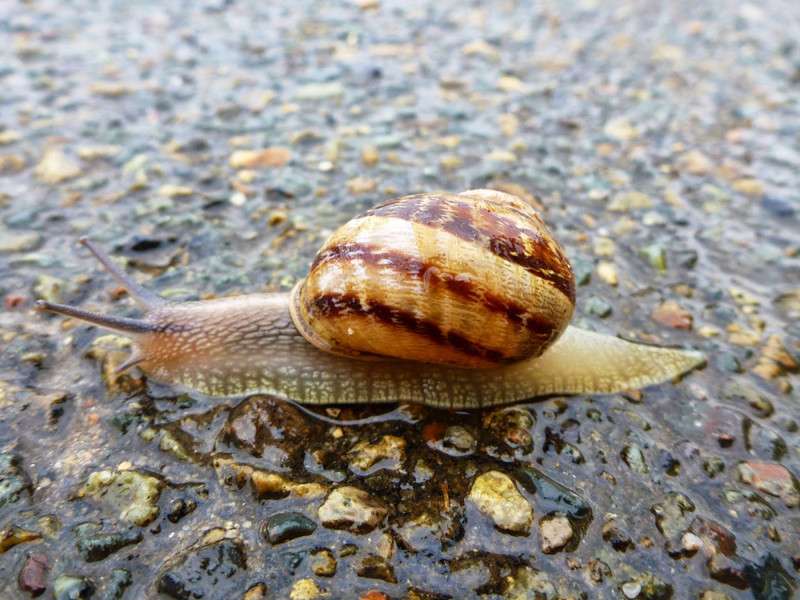
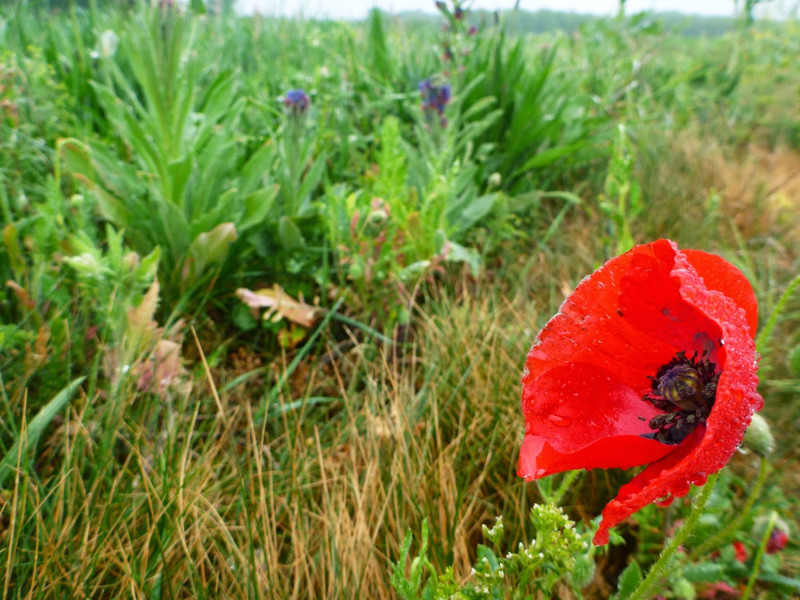

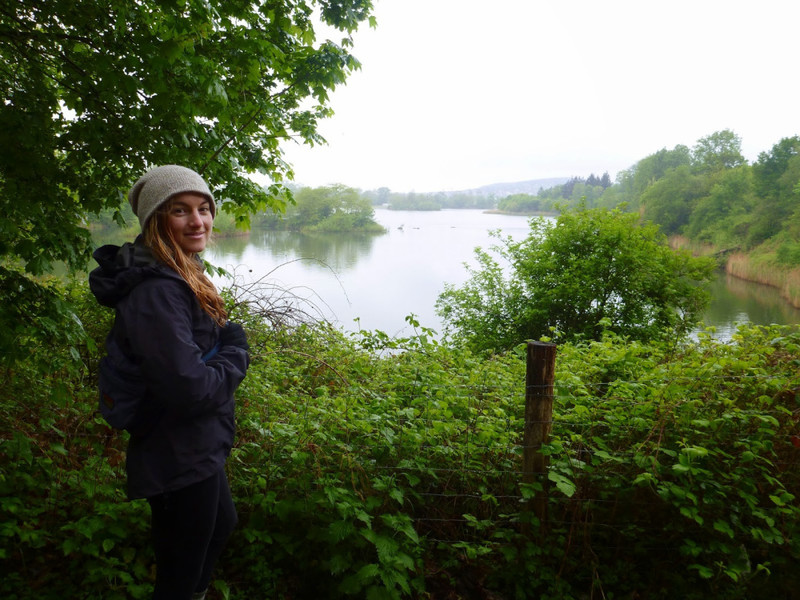
Comments
No comment available for this document
Ratings
Note that ratings are used to rank and display documents in this website's 'The Open Earth Buzz' headlines.
Ratings details:
Must Know: you think that the document presents valuable information, that should be widely known.
Great Doc: an especially good document (interesting subject, nice story or images/videos, fun to read or watch, well written or presented...).
Achievement: where an individual or group's action in nature has produced interesting (or valuable or beneficial) results and deserves recognition and encouragement.

A forest on the outskirts of Paris. Photo by Katy Chappaz.

A caterpillar cautioned us. Photo by Katy Chappaz.

Flowers line a country lane. Photo by Katy Chappaz.

Ten minutes from the freeway. Photo by Eric Hengesbaugh.

From the highway bridge over the tracks. Photo by Katy Chappaz.

A large snail crosses a lane in the rain. Photo by Katy Chappaz.
×
